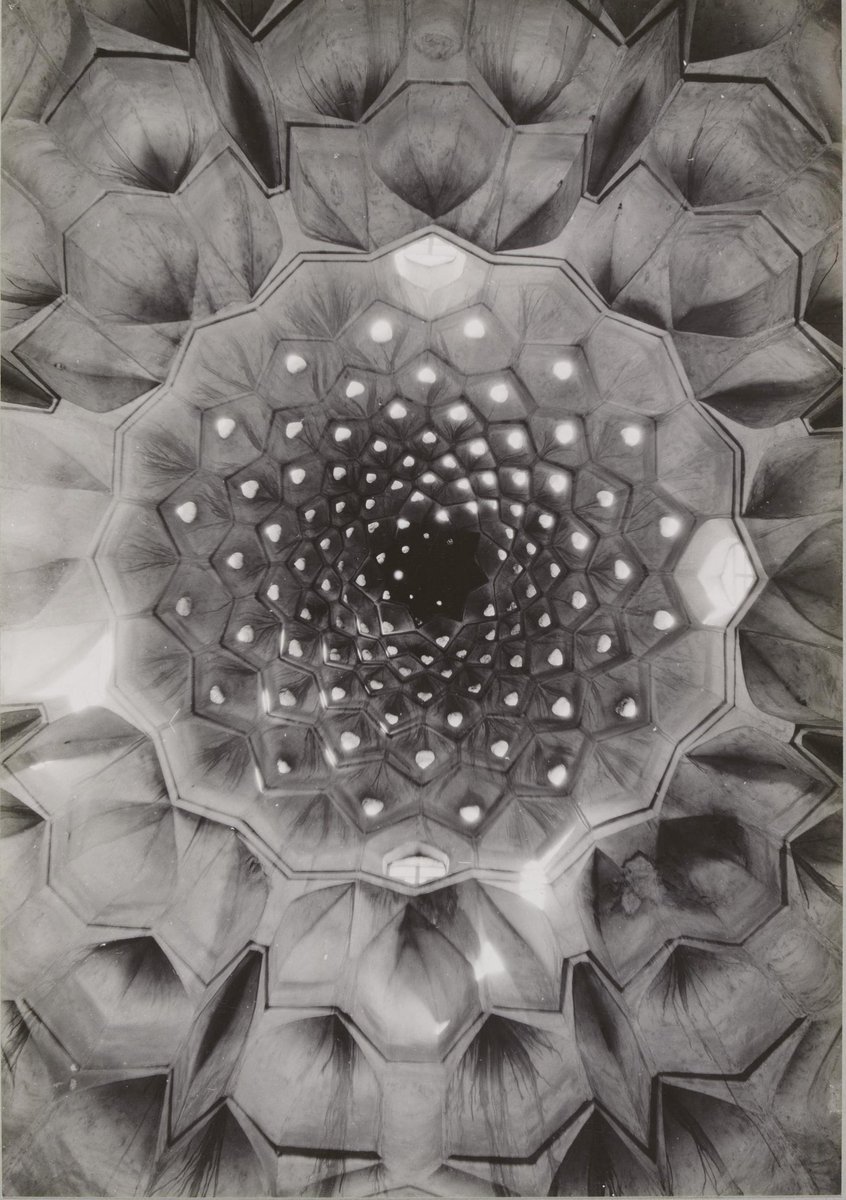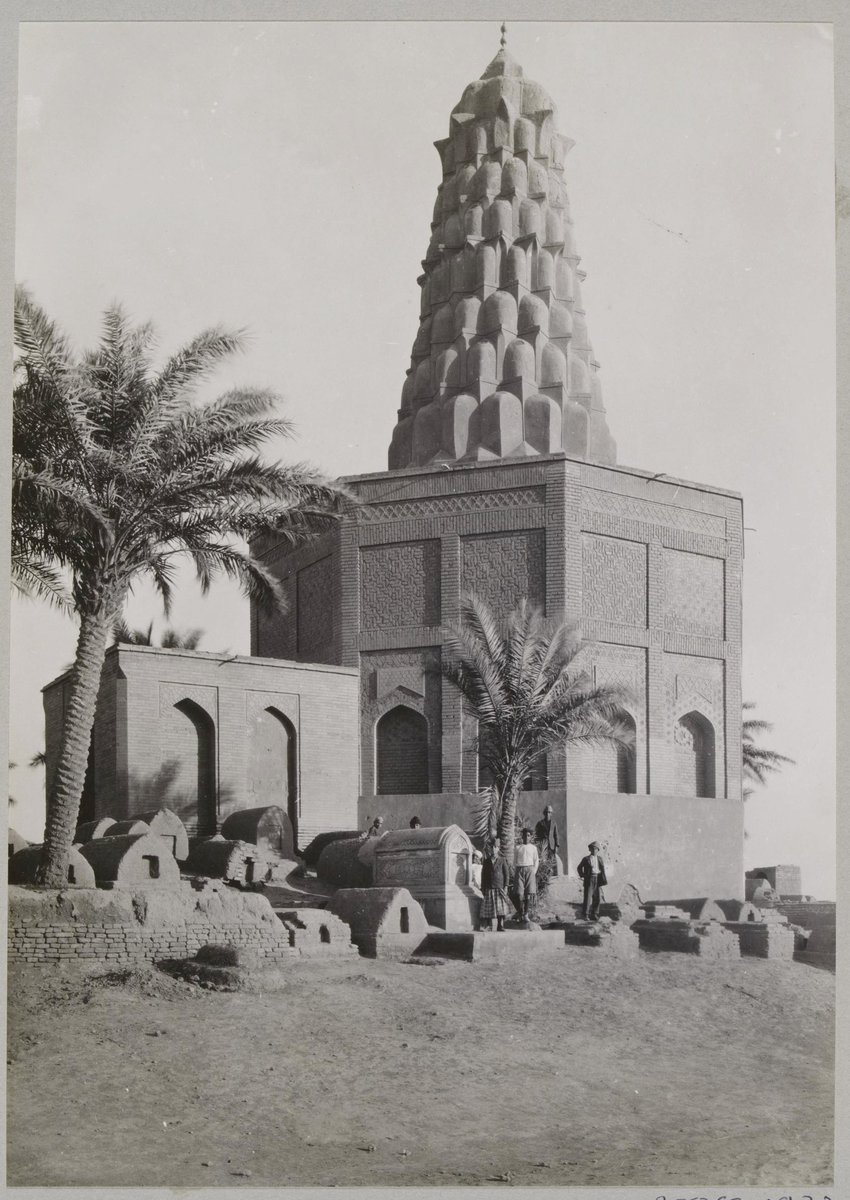
Islamicate historian w/@open_iti, Orthodox Christian, dad, plant grower, anarcho-agrarian upholder of Gustav Landauer thought. also @jparkesallen.bsky.social 🌻
How to get URL link on X (Twitter) App


 the marginalia consists of Arabic glosses on variant readings, written in alternating colors typical of Bihari production:
the marginalia consists of Arabic glosses on variant readings, written in alternating colors typical of Bihari production: 

 While their exact origins remain a bit of a mystery, this carpet and its kin were probably made in the second half of the 16th c. in Safavid workshops then sent as gifts to the Ottoman court, and were stored in the Topkapı, where some still reside. C. 1878 some went on the market
While their exact origins remain a bit of a mystery, this carpet and its kin were probably made in the second half of the 16th c. in Safavid workshops then sent as gifts to the Ottoman court, and were stored in the Topkapı, where some still reside. C. 1878 some went on the market 

 The above image ((V&A2840-1930) is of the interior of the Turba Sitta Zubayda in Baghdad, built in 1193, showing the geometric intricacy and mesmerizing effect of the technique; here is the exterior view of the steeply rising muqarnas dome (V&A 2838-1930), both images c. 1925 2/9
The above image ((V&A2840-1930) is of the interior of the Turba Sitta Zubayda in Baghdad, built in 1193, showing the geometric intricacy and mesmerizing effect of the technique; here is the exterior view of the steeply rising muqarnas dome (V&A 2838-1930), both images c. 1925 2/9 

 the whole folio, featuring the hero 'Umar fighting the dragon with naphtha, the battle taking place in what looks like some kind of industrial wasteland:
the whole folio, featuring the hero 'Umar fighting the dragon with naphtha, the battle taking place in what looks like some kind of industrial wasteland: 